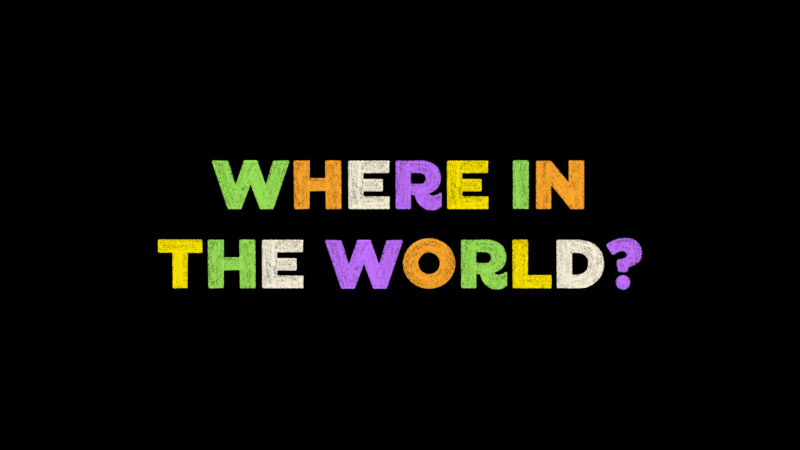
Where in the world?
You’ll need
- Pens or pencils
- A copy of the world map for every person
- Seven sheets of big paper
The session before ‘Where in the world’
- Give everyone a copy of the world map.
- Everyone should find five belongings at home that were made in another country. These can be anything – from clothes to items of technology.
- Everyone should write or draw their items in the correct place on their map, and bring the map to the next meeting.
‘Where in the world’
- Gather in a circle. One by one, everyone should tell the whole group about one of their belongings and where it was made.
- Split into groups based on the continent your chosen item came from. Each group should get one piece of paper, and draw a rough outline of their continent.
- Each group should label their continent, showing all of the items that were made there.
- Put the continents together, to make a world map.
- Discuss how far everyone’s belongings have travelled. Are you surprised by how far they came? Why do you think they might have been made so far away? Did some continents have more items than others? Why?
Reflection
This activity reminds you that you’re a local, national, and international citizen. Can we get everything we need in our local area? What about nationally – do we make everything we need? What are the advantages and challenges of relying on people internationally? Do we have a responsibility to people internationally? What about the people who make our belongings – what responsibilities do we have to them? What can we do to try and make sure we fulfil those responsibilities?
This activity also reminds you to care. How do you think the people who made your items might have felt? How do our decisions to buy things affect the people who make them? How do our decisions to buy things affect the environment? How can we help people in other countries who make the things we buy?
Safety
All activities must be safely managed. You must complete a thorough risk assessment and take appropriate steps to reduce risk. Use the safety checklist to help you plan and risk assess your activity. Always get approval for the activity, and have suitable supervision and an InTouch process.
All activities should be part of your risk assessment and meet Scout guidelines, including ratios, approval and consent. [generic copy]
Make it accessible
All Scout activities should be inclusive and accessible.
